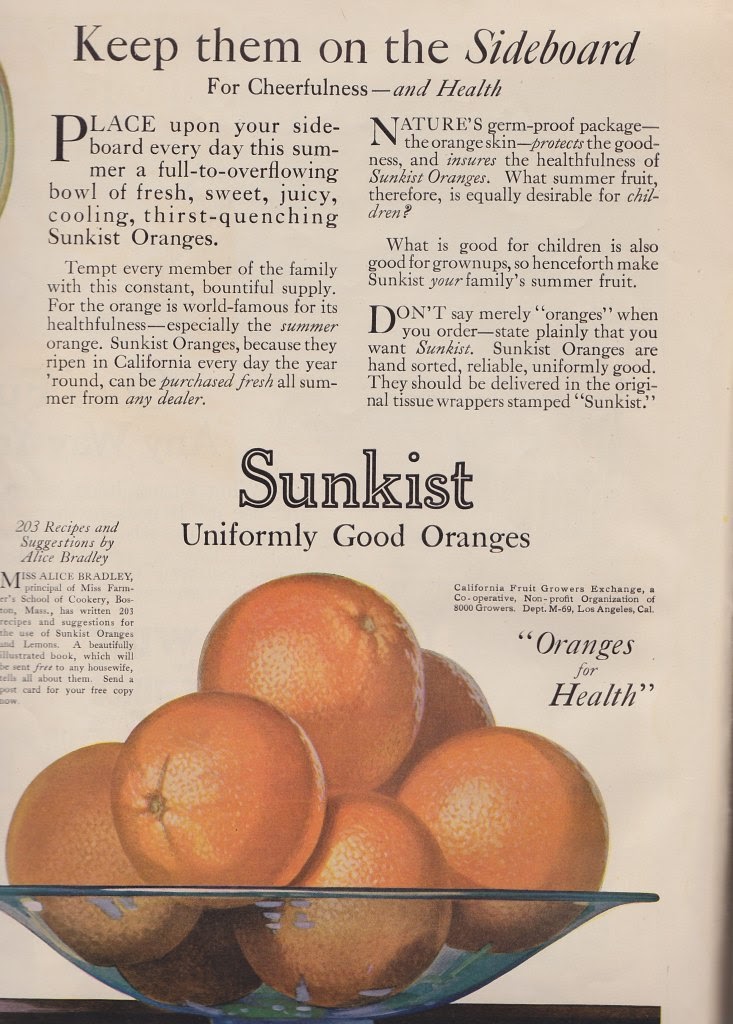A few weeks ago I blogged about The Family Nurse, a wonderful look into family medical practices in early nineteenth century America. I promised to tell you more about its author, Mrs. Lydia Maria Child, who to me epitomizes many of the traits of a true nineteenth century heroine.
Maria, as she liked to be called, was born in 1802 in Medford, Massachusetts, one of six children. Like many a romance heroine, she lost her mother just as she was nearing adolescence and was sent to live with her older sister. Though she attended school, it was her older brother who introduced her to such writers as Homer, Milton, and Sir Walter Scott. With such a background, it shouldn’t be surprising that she decided to write a novel.
She was only twenty-two when her first book was published. Heralded as the first New England historical novel, Hobomok scandalized the literary elite by portraying a girl who ran off with a Native American and had a child. The public adored it. She followed with a historical novel about the days leading up to the Boston Tea Party, which was another success. Buoyed by the accolades, she started the first monthly magazine in the U.S. devoted to literature for children, serving as editor for eight years.
But Maria was deeply concerned about the injustices she saw around her. She felt that women, Native Americans, and African Americans should be given equal rights with the white male establishment. Her husband David Child, who she married in 1828 when she was 26, had no business sense and would prove to be a poor breadwinner, but he believed in her causes just as strongly. The next few years of her life would be dedicated to writing books she felt where highly needed:
- The Frugal Housewife, Dedicated to Those Who Are Not Ashamed of Economy, sought to inform wives who could not afford servants how to run their households as if it were their profession
- The Mother’s Book encouraged women to educate their daughters so they could financially support themselves
- An Appeal in Favor of That Class of Americans Called Africans laid out the history of slavery and called for its immediate abolition.
Over the next few decades, Maria continued to publish fiction and nonfiction books, short stories, and poems that challenged readers to see those minimalized by society as deserving a place. At times, she was denounced for her opinions. At others, she was praised and courted. But she lived to see the slaves freed and major strides taken for women’s rights.
Though many of her books trained her generation and inspired the next generation of rights activists, one of Maria’s poems is perhaps the best known, even though few realize who authored it. Lydia Maria Child wrote “Over the River and Through the Woods,” the musical version of which is still often sung in the U.S. around Thanksgiving.
With liberty and justice for all.



































